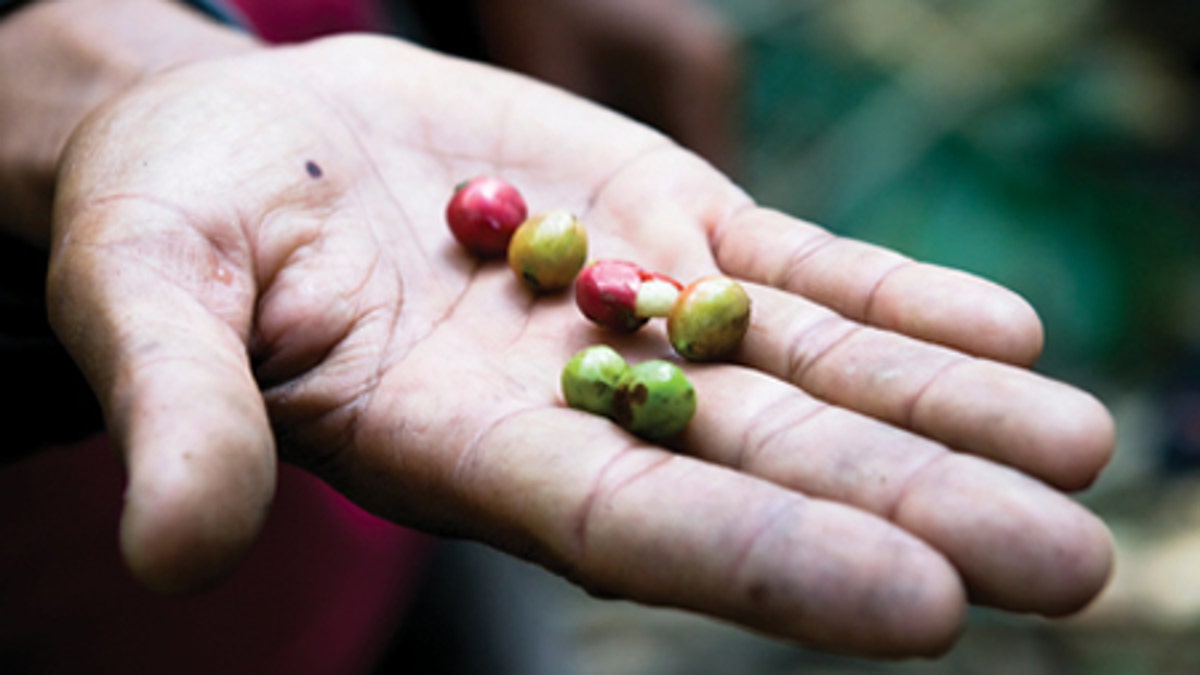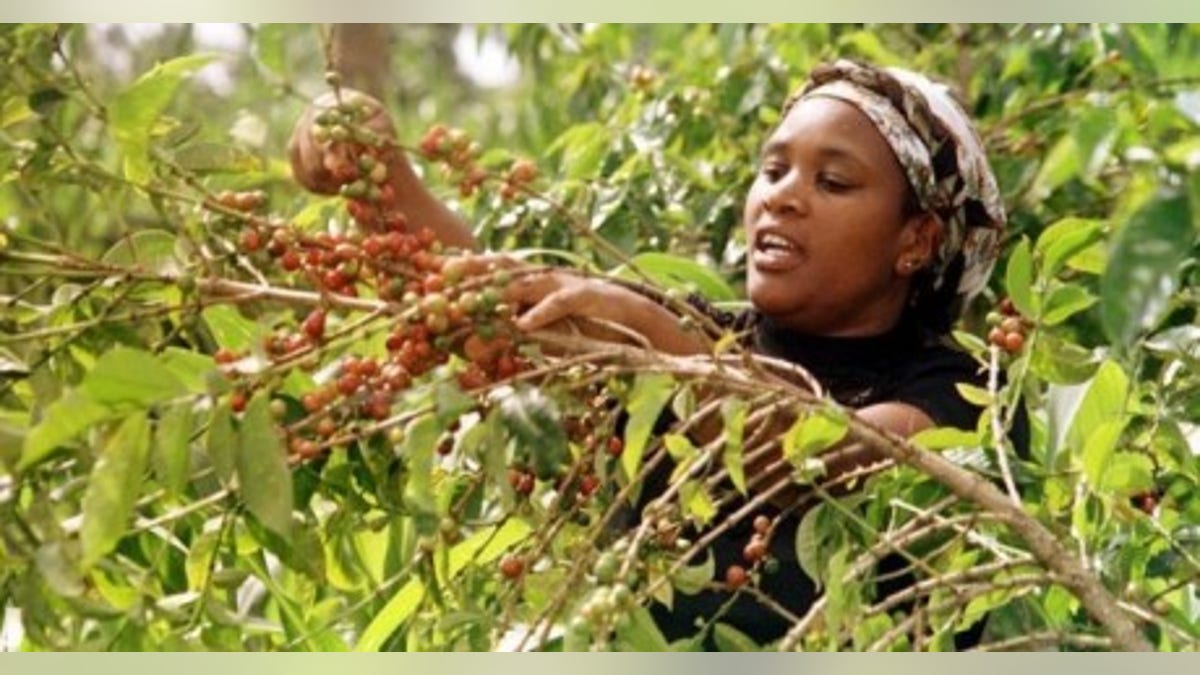Sure, when it's early in the morning, the last thing you're really thinking about is where your coffee comes from — you just need it. Now. But let the caffeine work its magic, and you might find yourself wondering — where exactly does your coffee come from?
Sure enough, the next time you're at the grocery store or coffee shop perusing the endless amount of coffee bags, you may be wondering exactly what difference it makes where your coffee comes from. Kenya or Ethiopia? Brazil or Colombia? Sumatra? Jamaica Blue Mountain? (Are those not vacation destinations that make us wish to be heading out of the country?) The question is, how do a few thousand miles change how your coffee tastes from the ground to the cup?
As we've discovered with both wine, and water (seriously, don't take our word for it), terroir is a term that can be applied to your coffee, too. Just as soil, climate, and weather conditions play a big part in a wine's composition, the same factors play a big part in a coffee's composition.
They often determine the acidity of a coffee, its flavors, and body — sounding similar to your wine terminology yet? As Meister at Serious Eats notes, there are also factors like how the plant is grown that can influence the taste of the coffee. And of course, each region processes and roasts its coffees differently. Some regions, like some parts of Ethiopia, "wash" their coffee, giving it an entirely different taste than "natural" coffees.
Still, despite the endless amount of variance between coffee varieties and where they're from, there are still some basic guidelines to how each coffee-growing regions' coffees taste. Click ahead for a guide to the tasting differences of each major coffee-growing region.
1. Central America

(iStock)
The coffee-growing regions in Central America include not just Colombia, but also Costa Rica, Guatemala, Ecuador, and Honduras, and Nicaragua. (Did you catch all that?) The coffee-growing plots center on the mountains that stretch from Mexico to Panama, which makes for some interesting coffee tastes.
Central American coffees have a diverse range of flavors thanks to differing altitudes, from sea-level to high altitude. But most everyone agrees that Central American coffees are the "everyman" coffee (no pun intended, Everyman Espresso). Coffees from Central America have just the right amount of acidity to balance honey, caramel, milk chocolate, and toasted nut flavors. There’s a touch of sweetness, but the acidity makes these coffees anything but boring.
2. South America

Indonesian coffee fresh from the plant. coffee, coffee bean, java, raw, fresh, unprocessed, hand, asian, indonesia, bali, several, holding, in the palm of your hand, poverty, fair trade, concept, showing, display, horizontal, full frame, food and drink, drink, agriculture, harvest, farmer, people, unrecognisable person, yield, raw coffee, traditional, indiginous culture, ethnicity, asian ethnicity, indonesian, simple, rustic (iStock)
Most people think South American coffees equal Colombian coffee, but in fact, Brazil is the largest coffee-producing country. While Brazilian coffee hasn’t always had a good reputation, Brazil has quickly made its way up in the coffee rankings. Brazilian coffee is known for its creamy body and low acidity, and some chocolate and caramel notes. Colombia earned its reputation for high-quality beans long ago, thanks to its tropical temperatures and high altitude. Colombian coffees are between low and medium acidity and body, similar to coffee from its northern neighbors in Central America. Other coffee-producing countries in South America include Venezuela and Peru.
3. Africa

(Reuters)
Ethiopia is the home of the Arabica tree, so it should be no surprise that the country is one of the leaders when it comes to high-quality coffee beans. What to expect from an Ethiopian coffee? Anything bold and full-flavored. Serious Eats notes that coffees from Ethiopia can vary greatly, not only because of the massive variety of the coffees grown there, but how they’re processed as well. The difference between "natural" and "washed" coffees is great; natural coffees can be almost syrupy sweet and cherry-flavored, while washed coffees are lighter on the palate, with jasmine or lemongrass flavors.
Meanwhile, across the continent, Kenya’s coffees are bright, fruity, sometimes tart, and have an acidity that rivals a good wine (really). Those who like a milder acidic coffee may not understand what all the fuss is about, but coffee lovers craving a different kind of cup know what’s up. Tanzanian coffees are an up-and-comer in the coffee scene, because Tanzania is home to the peaberry, a type of coffee bean that’s coveted for its pea shape (making it easier to roast). Uganda is one of the largest producers of robusta coffee, if you’re into that.
See a full guide to the world's coffee at The Daily Meal
More from The Daily Meal
11 Diseases Coffee Can Prevent
